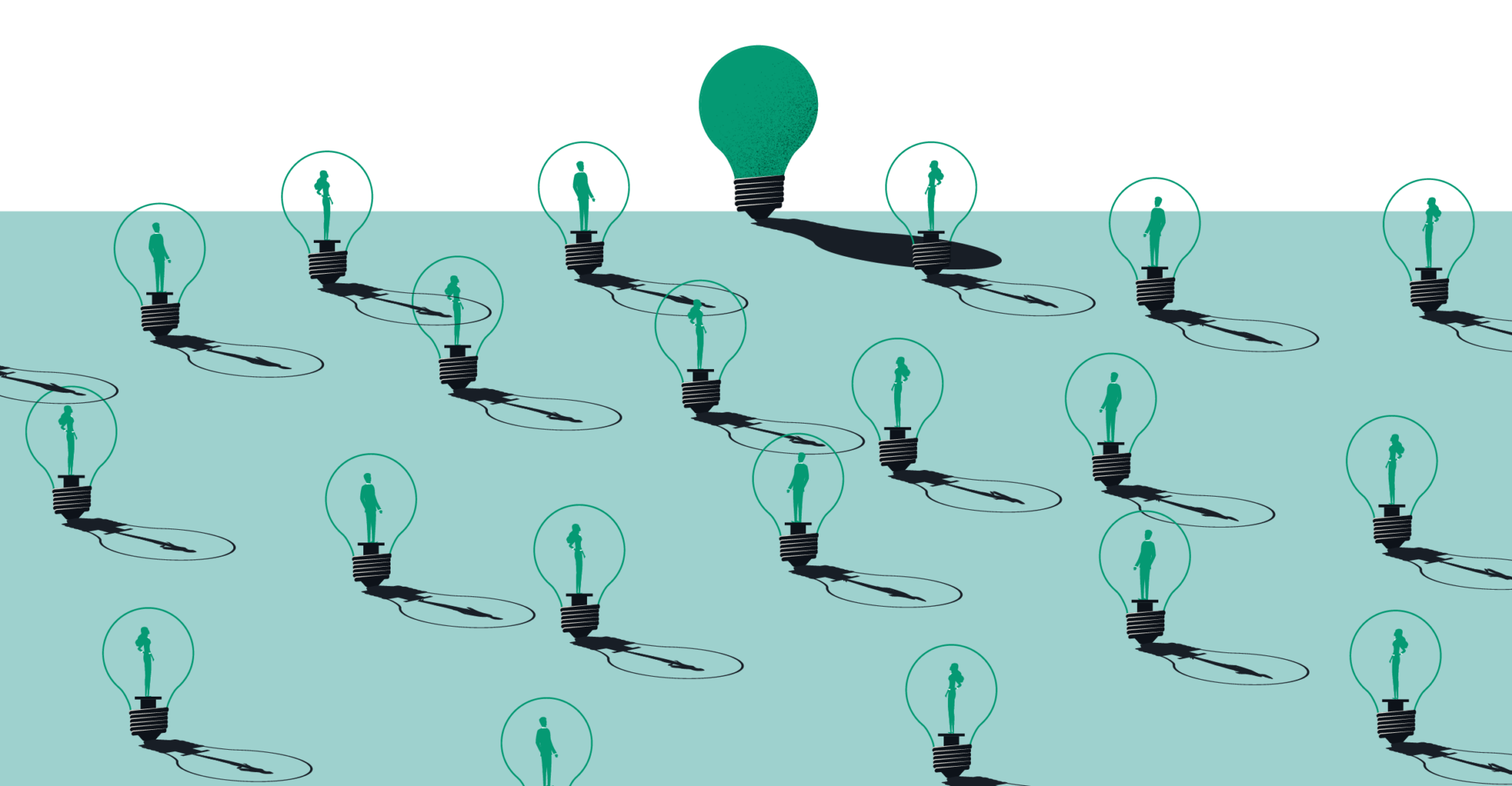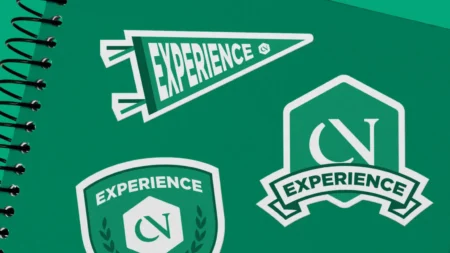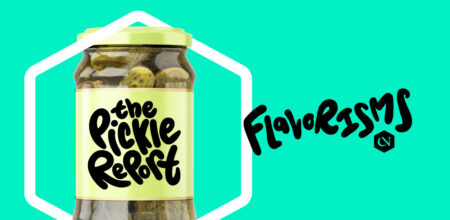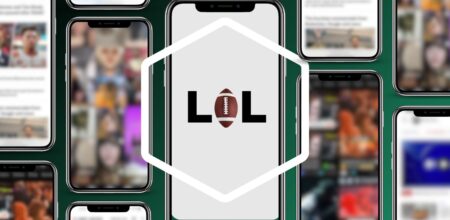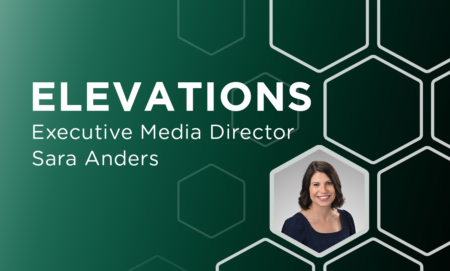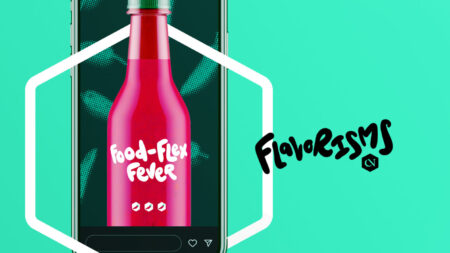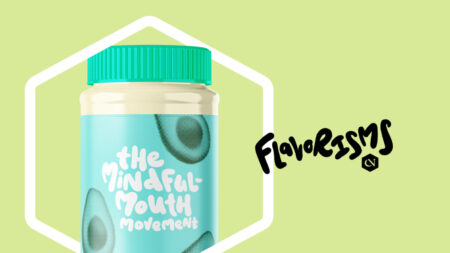In the digital age, business leaders rely on accurate and timely data to make decisions. More than ever, market research data includes the voice of the customers. From social platforms to analytics to primary research, business leaders have a vast array of tools to use to listen to their customers.
Whether its quantitative or qualitative, when it comes to market research some business leaders:
- View market research as being too costly and taking too much time.
- Are reluctant to conduct market research because they feel it will be viewed as a vote or mandate that takes decision making authority away from them.
The reality is:
- While conducting a market research study can be a complex and lengthy process, it doesn’t have to be.
- Market research is a tool to inform strategic decision making, not a replacement for it.
In 2003, an article that was published in Harvard Business Review declared the Net Promotor Score (NPS) is the “one number you need” to predict top-line growth. Although nearly all of our clients have research needs that would not be sufficiently covered by the NPS, the article makes the point that research does not have to be long and complex to be effective.
Following are some examples of how some big brands have used market research to quickly and efficiently identify opportunities and drive business decisions.
Starbucks
From in-store product testing to customer surveys to secondary research to digital consumer feedback, Starbucks uses a variety of methodologies and platforms for product development and customer satisfaction. Using its My Starbucks Idea platform, Starbucks noticed a consumer interest in more dairy-free alternatives. After conducting in-store testing, Starbucks launched drinks with coconut milk in 2016 and began offering oat milk in its European stores in 2018 and, more recently, in the US.
My Starbucks Idea has been the source for other products and services like Cake Pops, Hazelnut Macchiato, and free Wi-Fi.
Apple
Although Steve Jobs infamously said, “It’s really hard to design products by focus groups. A lot of times, people don’t know what they want until you show it to them,” this does not mean Apple does not use market research.
The truth is Apple uses research in a variety of ways. Some are very simple. For example, Apple asks retail customers to rate their in-store experience at point-of-transaction.
Delivering on customer experience has always been a driving principle for Apple. To this end, Apple created Customer Pulse, an online community of Apple product users who provide input on a variety of subjects and issues concerning Apple.
Feedback surveys are also emailed to customers immediately after they make a purchase, allowing Apple to capture feedback on the transaction while it’s still fresh in the mind of the consumer.
Further, Apple’s Research App allows users to participate in “groundbreaking research” and allows Apple to “create more invigorating technologies.”
LEGO
LEGO used market research to attract a new audience – girls. In a study done by the LEGO found that about 90% of its primary users were male. Based on the research, the company wanted to develop a new product to attract more girls to the brand.
Additional market research included a large-scale study of girls’ playing habits, designed to better understand how to make LEGOs more attractive to girls.
Through the research, LEGO developed “Friends.” In addition to changes to the packaging, LEGO made the figurines slightly larger to accommodate accessories such as hairbrushes and purses. The brick colors for this line were also changed to more vibrant colors. All of these changes were driven by market research data.
Verizon
Although this example is a little older, it demonstrates how powerful (profitable) using market research to listen to consumers can be.
In 2003, Verizon Wireless became the leader in promoting the customer’s ability to keep their cell phone number when switching carriers. After listening to consumer complaints and conducting research about something that customers wanted, Verizon recognized an opportunity that paid off handsomely.
Chernoff Newman Market Research Examples
Chernoff Newman has conducted numerous confidential market research that has helped:
- A national hotel brand better understand its customers, which resulted in a complete revamp of its marketing strategy
- A major university in the Southeast develop a strategy to raise money for new athletic facilities
- Clients in their decision to acquire companies
- Attorneys to develop strategies for trial using mock jury research
- A national food brand test new recipes/products
- A financial institution re-brand with a new name
- Assess reputational damage during a crisis
- Drive consumer preference for locally grown food
- Electric utilities encourage customers to adopt and engage in energy efficiency programs and practices
- Environmental companies assess NIMBY (not in my back yard) issues
- Better understand consumers behaviors around safe practices, ranging from wearing seatbelts and helmets to not drinking and driving to, more recently, avoiding prescription painkillers when possible
- Provide strategic insights to businesses and municipalities across the Carolinas to help instill confidence in consumers as businesses began to reopen during the COVID-19 pandemic
Contact Us for a Consultation
Complete the short form and our Vice President of Research will contact you to discuss your market research needs.
